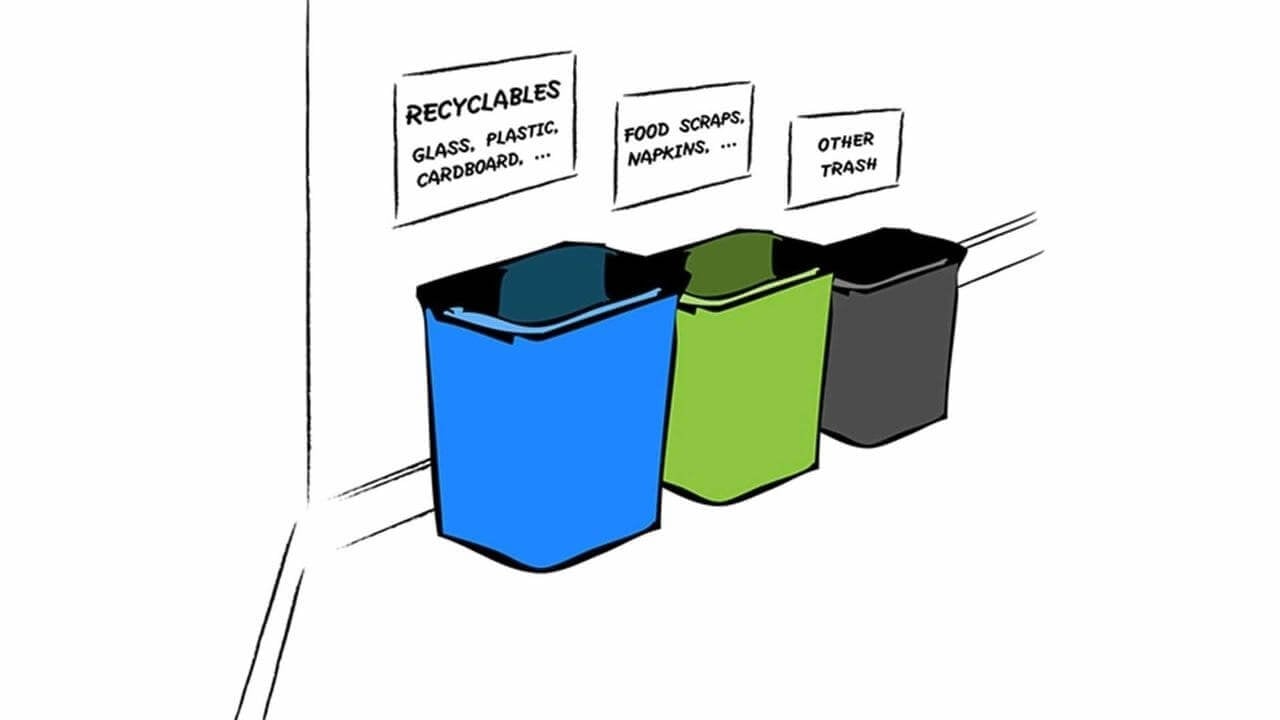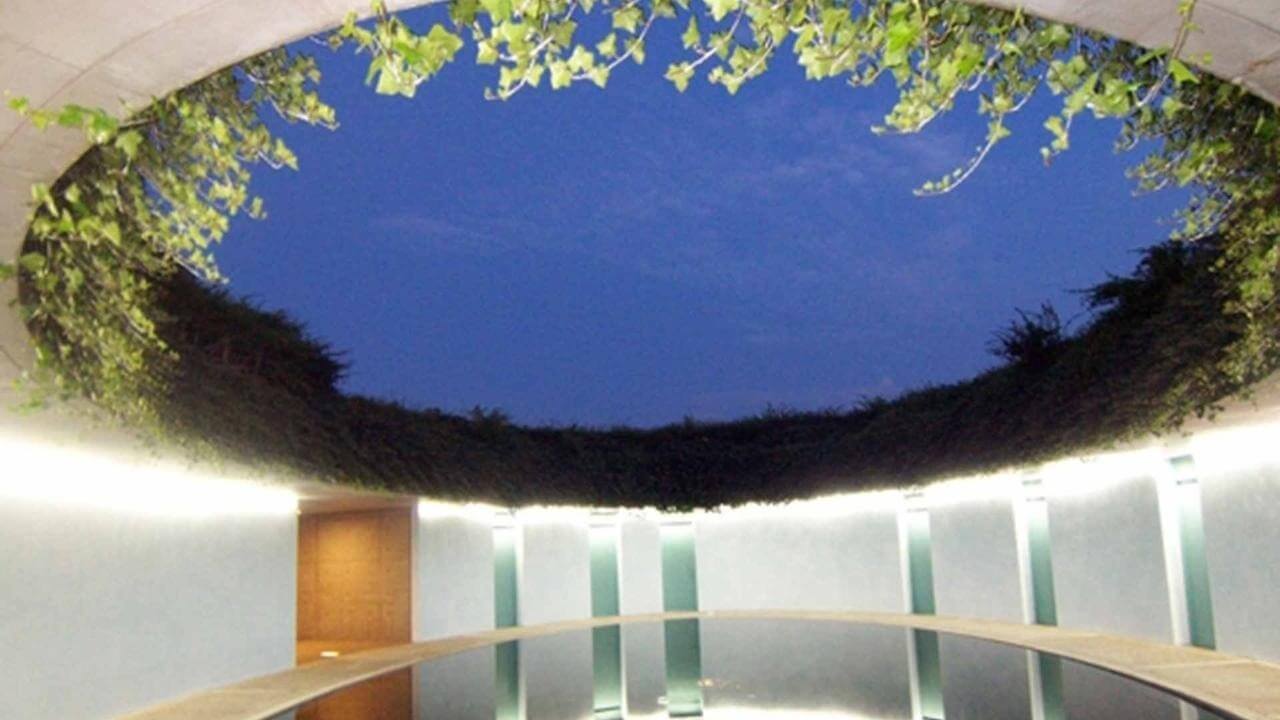Unleashing Necessity and Your Ingenuity
The need to build green skins that are able to harness energy gives architects incentive to find new ways to use and guide emerging technologies. Essentially, it is necessity coupled with ingenuity that can often spark the best design innovation.
As an architect, it will help you to think about building skin and all of its possibilities in totally new and fresh ways. Instead of using building skin to “shield” or “expose” building occupants to the external environment, think of how building skin can act as a live filter that “flexes” its own boundaries in dynamic ways. As an exercise to get you thinking along these lines try asking yourself the following three questions to get you started:
1. On Selectivity: How can I connect my occupant with nature in completely new ways? Instead of thinking of skin as a barrier, how can I think of it as a dynamic filter — how could I separate different light, air quality or sound properties so the exterior can enhance interior spaces? How many exterior/interior “hybrids” can I think of?
2. On Preconceptions: What qualities of nature do I presently take for granted as a designer? Can I “capture” a particular aspect of nature that is usually “invisible”? How can I “feed” my occupants through a building’skin to let them “touch” it in new ways? (For instance, a clever positioning and use of smart glass.)
3. On Transience: What could my building do if my building skin could change in real-time? Could “windows” move and flex in new ways? Could they magnify or minimize certain qualities of nature? What new “between-states” could I create to bridge interior and exterior environments?
With the advent and evolution of nanotechnology, there will be many new developments for architectural buildings — particularly when it comes to building skins. Already there are newfound ideas on the drawing boards showing how certain nanotechnology integrations could work.
Harnessing the Power of Sun and Wind
One example of this is seen in the Concept Tower designed by Agustin Otegui. Within this tower’s skin, Otegui uses Nano Vent-Skin (NVS) as a way to extract energy from both the sun and wind. Using a system of “sensors, organic photovoltaics and micro-wind turbines”, the Concept Tower’s skin would be able to self repair through a self assembly process.
Image Credit: © Curbed SF | Flickr






